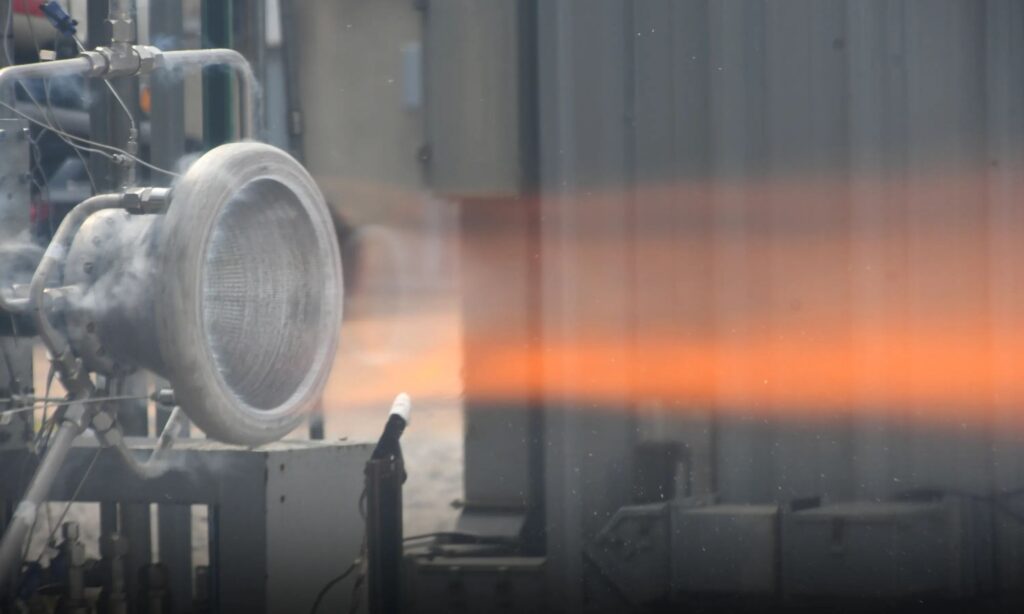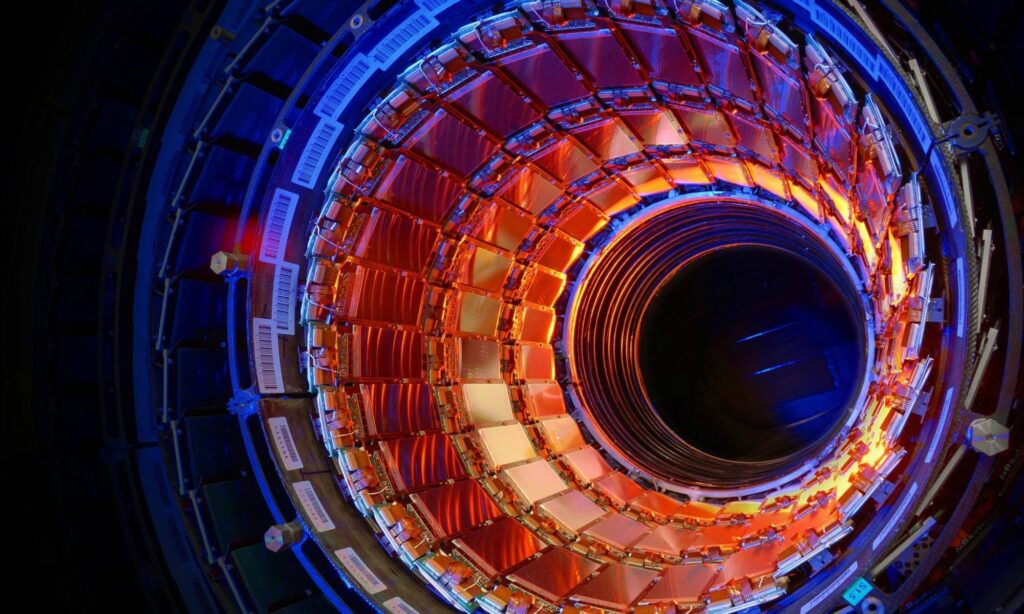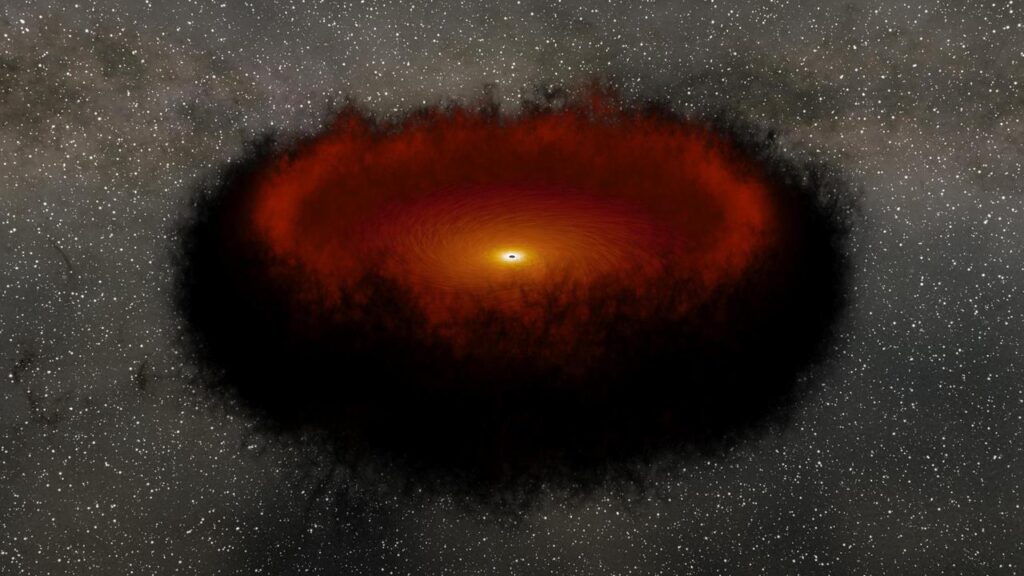Fast Radio Bursts (FRBs) offer a profound opportunity to understand the vast reaches and the fundamental properties of the universe. The recent detection of FRB 20220610A, which traveled approximately 8 billion light years to reach us, highlights the potential of FRBs as tools to map the distribution of intergalactic plasma and refine our understanding of the universe's total mass. This breakthrough provides crucial insights into the cosmic structures and challenges existing theories about the universe's expansion and fate.
Viral Once
NASA’s Reactive Additive Manufacturing for the Fourth Industrial Revolution (RAMFIRE) project is revolutionizing space exploration through the development of an aluminum rocket engine nozzle using 3D printing. This innovative approach not only simplifies the manufacturing process by producing nozzles in one piece but also enhances performance with integrated cooling channels, proving highly effective in rigorous testing environments. This advancement signifies a significant step forward in cost-effective and efficient aerospace engineering.
Discover the findings from a new study that sheds light on the origins of the most significant marsquake ever recorded on the Red Planet, exploring what it reveals about Mars' internal structure and geological activity.
Explore the startling discovery of young stars forming in close proximity to the Milky Way’s supermassive black hole, Sgr A*. This intriguing phenomenon challenges established theories of stellar evolution and offers new insights into the dynamics at the heart of our galaxy.
Explore the fascinating details of Earth's largest recorded asteroid impact at the Vredefort crater, an event so monumental it dwarfed the asteroid that famously caused the mass extinction of dinosaurs. This impactful discovery sheds light on Earth's ancient geological events and the dynamic forces shaping our planet's history.
In recent advancements, Ad Astra Rocket Company has successfully tested its Vasimr VX-200SS plasma rocket, achieving a new endurance record for high-power electric propulsion. This development could significantly shorten the journey time to Mars, enhancing safety and reducing exposure to space hazards for astronauts.
After a three-year break for maintenance and upgrades, the Large Hadron Collider (LHC) is ready to resume experiments with increased collision power and upgraded detectors. This phase aims to discover new particles such as the right-handed neutrino and explore the elusive components of dark matter, potentially offering new insights into why the universe exists at all.
Recent research by astronomers using the Gaia space observatory and the Transiting Exoplanet Survey Satellite (TESS) suggests that some exoplanets are perfectly positioned to observe Earth as it transits across the Sun. These findings open up intriguing possibilities for both detecting extraterrestrial life and understanding how alien observers might see our planet.
As humanity gears up for the next significant leap in space exploration with NASA's Artemis III mission, the spotlight turns not just to astronauts but also to the innovative infrastructure that will support them. The recent announcement of selecting Northrop Grumman to develop a moon-based railroad network underlines a strategic shift from isolated efforts to a cohesive, resource-sharing ecosystem. This railroad network is envisioned as the backbone of lunar logistics, supporting the transportation of humans, supplies, and resources across the Moon. It's a bold step toward creating a scalable, efficient, and interconnected lunar economy, essential for the long-term presence humans hope to establish.
NASA's Mars Sample Return mission has undergone significant revisions due to budget constraints and technical challenges. Originally planned for a 2031 return, the mission is now aiming for 2040 with a simplified, cost-effective strategy. This article explores the implications of the revised plan, focusing on the mission's goals, the scientific importance of the Martian samples, and NASA's innovative approaches to overcoming the obstacles of interplanetary exploration.
In a fortuitous twist of fate, astronomers using data from the European Space Agency's Gaia mission have discovered the largest stellar black hole in the Milky Way, named Gaia BH3, which boasts a mass 33 times that of our sun and resides in the Aquila constellation. This groundbreaking find not only advances our understanding of stellar remnants but also highlights the unexpected surprises still lurking in our galaxy.
Quantum computing offers a unique approach to exploring some of physics' most complex issues, like the interaction between quantum mechanics and general relativity. Maria Spiropulu and her team at Caltech used Google’s Sycamore quantum computer to simulate a holographic wormhole, revealing new insights into quantum gravity. This small-scale experiment demonstrated the potential of quantum computers to simplify and test theoretical concepts that are otherwise challenging to tackle with classical computing methods.












